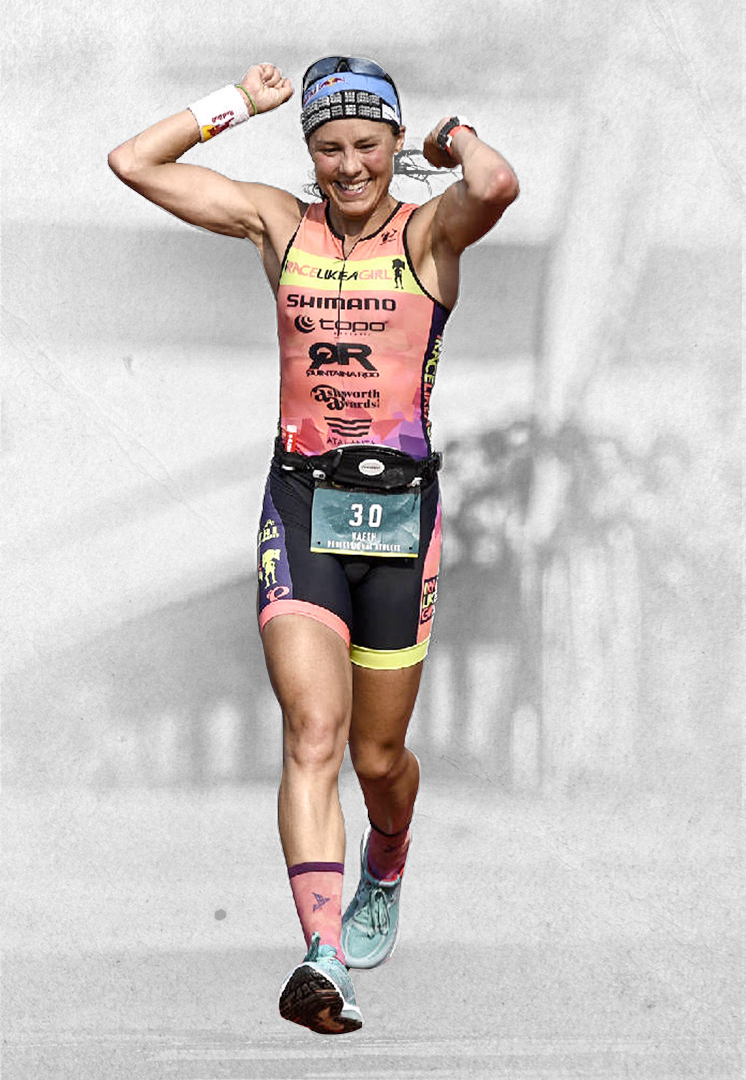9 Tips to Improve Muscle Recovery

Muscle recovery is a key component for any athlete to continue to build fitness, strength, and athletic performance. While recovery time is always necessary, there are techniques that every athlete can do to help minimize downtime, speed the healing process, and improve the repair process of muscle damage.
9 Tips To Improve Muscle Recovery
Sleep – Get Enough Rest
When the body is asleep it restores balance and is an important process of repairing muscle tissue damage. Lack of sleep can actually contribute to loss of muscle mass due to hormonal changes that occur when asleep. Sleep is critical to the recovery process. The standard amount of sleep is 7-9 hours for the average adult.
Spacing out Workouts and Rest
The best way to recover from hard workouts is to ensure you’re complimenting them with active recovery, rest, and spacing out the hard efforts properly. Taking days off can not only improve your recovery process but also catapult your fitness. These aspects of a well-rounded training program allow your body to adequately repair itself and prevent burnout.
To help improve recovery, look for at least 1 day off every 10-14 days as a start and create a rhythm to your training. Within a week, a good way to set your days is 2 days “hard”, 1 day “easy”, 3 days “hard”, 1 day “easy”. Within this pattern, try to have a “no-leg” day as well – where you give the majority of your muscles of your body time off. This can be accomplished through a swim only day or a rest day.
Active Recovery and Increasing Blood Flow
You can support the healing process of any muscle damage with active recovery. Active recovery is a term for easier workouts that allow for movement at a much lower intensity such as walking, easy swimming, or an easy bike ride. This lower-intensity movement allows the body to release any lactic acid build-up and minimizes stiffness, helps promote blood flow, and reduces long term inflammation when at rest.
Protein and Proper Nutrition
Post-exercise fuels Is one of the key components to the recovery process. Reaching for a recovery shake (of a 3:1 or 4:1 carbohydrate to protein ratio) can help restore the lost calories and ensure you’re providing your body enough nutrients to repair itself. It is recommended to have this within 30 minutes after the workout.
Protein is a valuable macronutrient for muscle repair and recovery. Protein is made up of essential amino acids that are exactly that, essential for maintaining and increasing muscle mass. Roughly 1.2 grams of protein per kilogram of body weight is needed daily by endurance athletes.
Hydration
Drinking enough water is important for all bodily functions and one of the best recovery techniques – and, it’s so simple! Being properly hydrated allows the body to digest nutrients more easily, repair muscle damage, and restore balance in all systems. The average water consumption is roughly 64 ounces daily. As athletes, a good rule of thumb is to drink your weight in ounces at minimum each day.
Massage
Massage is a great way to alleviate stress and help the body recover. It helps lower cytokine levels (inflammation) and reduce muscle soreness. Massage can be done by a professional and also by self-massage. Using massage oils with added benefits (essential oils, CBD oil) can help improve the process.
Stretch
Stretching improves blood flow to muscles and helps improve range of motion. In addition, it helps keep muscles supple and flexible which can help prevent injury and improve your performance. Stretching post-workout is the best time to do so. Holding a stretch for 30-60 seconds and repeating it twice is a good rule of thumb.
Self-Myofascial Release & Foam Rolling
Another great recovery process is rolling and myofascial release. Surrounding all of your muscles is a band of connective tissue called “fascia”. Loosening your fascia allows your muscles to glide smoothly and correctly. When your fascia is tight and tough, your muscles will have difficulty moving in the correct form and this results in injuries. Foam rollers, balls, and other tools can help you release knots, and tension. You can use oils and massage creams to help as you use these tools, as well.
Compression Gear
Using compression gear is a tool that can be used daily to help speed recovery. Compression garments increase the amount of oxygen to your muscles and are designed to promote blood flow. The promotion of blood flow will improve oxygenation of muscle tissue, which can enhance athletic performance during short bouts of exercise.
These 9 tips to improve muscle recovery will help you prevent injury, get fitter, stronger and faster and are easy to do. Put together a training plan that includes these tips in that plan. Seeing them will be a great reminder and help you avoid skipping them.
Advertisement

Angela Naeth’s experience includes being a 3x Ironman Champion, 36+ podium places at the 70.3 distance and 8th at the Ironman World Championships in 2018. Her educational background includes a Master’s degree in Physical Therapy and Bachelor’s in Health Sciences. Angela continues to pursue her career as a professional triathlete, is the founder of an all women’s endurance team and coach’s others to achieve their athletic pursuits. Her passion is to inspire and support Women In Sport.









